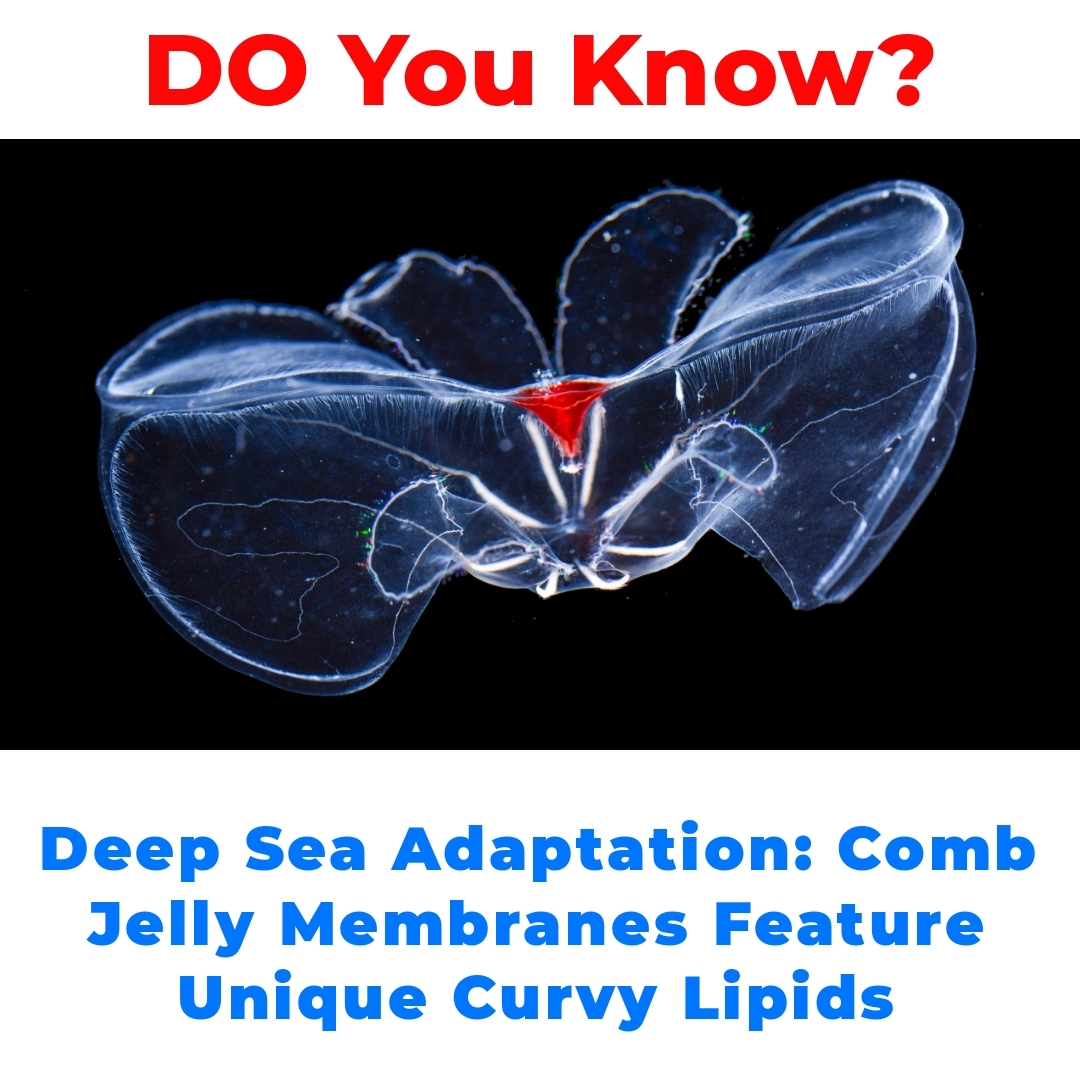Cell membranes in comb jellies represent a fascinating area of research within marine biology, offering insights into how these unique creatures adapt to the extreme conditions of the deep sea. Understanding these deep sea adaptations is crucial for unraveling the mysteries of marine life and how organisms thrive under immense pressure.


Overview of Comb Jellies
Comb jellies, or ctenophores, are fascinating marine creatures known for their shimmering, gelatinous bodies. They belong to a unique group of invertebrates that are distinct from jellyfish, although they share some similarities. Understanding the classification and characteristics of comb jellies is crucial, especially as we explore their role in marine ecosystems.
The deep sea, where some comb jelly species reside, presents a challenging environment characterized by extreme pressure and darkness. Studying them helps us grasp how these organisms not only survive but thrive in such a unique habitat.
The Structure of Cell Membranes in Comb Jellies
Cell membranes are vital for all living organisms, acting as barriers that protect the cell and control what goes in and out. The basic components of these membranes include lipids, proteins, and carbohydrates, each playing an important role in their function.
One particularly interesting aspect of comb jelly cell membranes is the presence of curvy lipids. These are specialized types of lipids that have unique shapes, allowing them to perform effectively under high-pressure conditions. When exploring how lipid structure influences membrane function, it’s clear that these curvy lipids can help keep the membranes intact in the deep sea environment.
Deep Sea Adaptations: The Role of Pressure
Living in the deep sea comes with its own set of challenges. Organisms there have to adapt to immense pressure, low temperatures, and a scarcity of food. For comb jellies, this means their cell membranes have to be particularly resilient.
Comb jelly cell membranes adapt to deep sea pressure in incredible ways. The curvy lipids within these membranes help prevent them from becoming too rigid under pressure, ensuring that these jelly-like creatures maintain their essential functions despite the challenging conditions. Understanding these adaptations is crucial for recognizing the broader significance of pressure adaptation in marine organism survival.
Curvy Lipids: A Unique Mechanism
Curvy lipids are a standout feature in the study of comb jellies. These lipids have unique properties that contribute to the structural integrity of cell membranes, especially under the extreme conditions of the deep sea.
The role of curvy lipids is pivotal in maintaining membrane integrity under high pressure. This unique mechanism allows comb jellies to function effectively, whereas many other marine organisms might struggle. By comparing comb jellies to other creatures in the ocean, researchers can gain valuable insights into various adaptation strategies employed by marine life.
The Implications of Studying Comb Jelly Adaptations
Studying the adaptations of comb jellies not only enhances our understanding of evolutionary biology but also opens doors to potential applications in various fields, including biotechnology and materials science. The insights gained from jellyfish physiology can lead to innovation in creating materials that withstand similar conditions, benefiting technology and medicine.
Moreover, as we learn more about these unique adaptations, we emphasize the importance of protecting the oceanic environment. Preserving marine ecosystems will enable future research and discovery, revealing even more about the mysteries of ocean life.
Conclusion
In summary, examining cell membranes in comb jellies provides valuable insights into how these unique creatures adapt to deep sea conditions. The significance of their adaptations, particularly in terms of pressure resilience and the role of curvy lipids, cannot be overstated. Continued research in marine biology is vital for uncovering the secrets of ocean life, and understanding these adaptations is just the beginning. As we delve deeper into these studies, we may unlock even more mysteries of the deep sea and its inhabitants.
FAQ
What are comb jellies?
Comb jellies, also known as ctenophores, are marine creatures that have shimmering, gelatinous bodies. They belong to a unique group of invertebrates distinct from jellyfish.
Where do comb jellies live?
Comb jellies can be found in various marine environments, including the deep sea, where they face extreme pressure and darkness.
What adaptations do comb jellies have for deep sea living?
Comb jellies have specialized cell membranes with curvy lipids that help them maintain their structure and function under high pressure and low temperatures.
Why are curvy lipids important?
Curvy lipids are unique types of lipids that help keep cell membranes intact in deep sea conditions, preventing them from becoming too rigid and ensuring essential functions are maintained.
What can we learn from studying comb jellies?
Studying comb jellies enhances our understanding of evolutionary biology and can lead to applications in biotechnology and materials science, helping develop materials that withstand extreme conditions.
How does studying comb jellies relate to ocean preservation?
Understanding the adaptations of comb jellies highlights the importance of preserving marine ecosystems, which is crucial for ongoing research and discoveries about ocean life.





